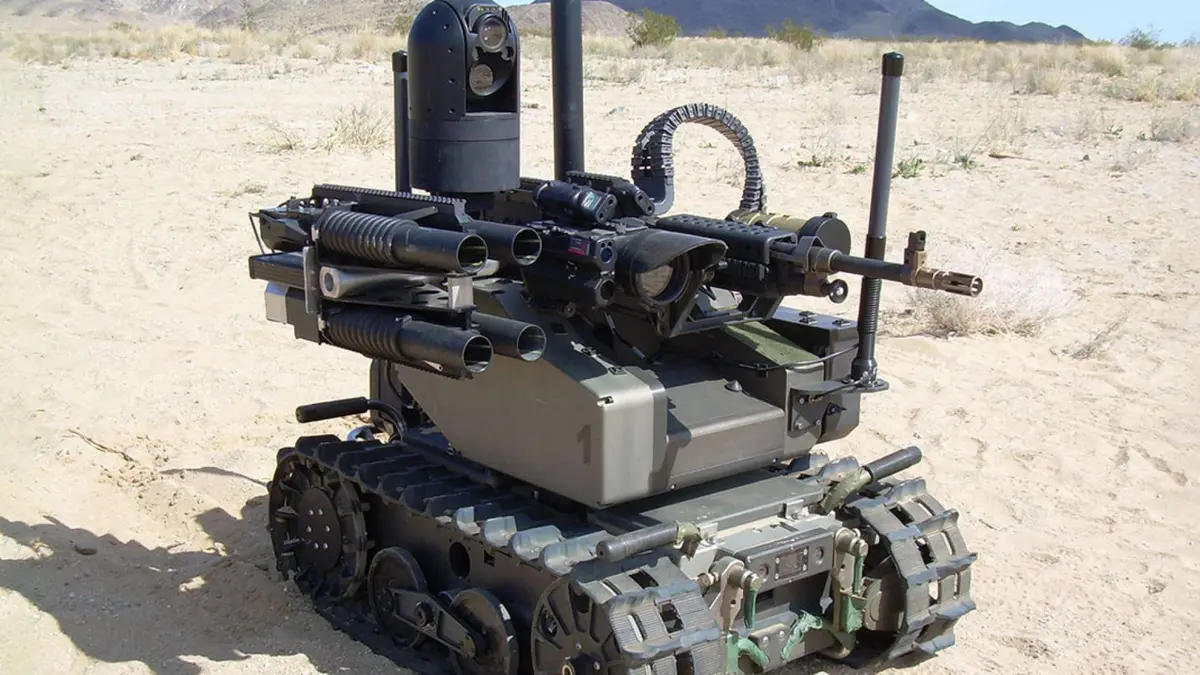How Robotics Are Transforming Security Strategies Across Africa and the Middle East


Quidah is an online platform that connects investors with curated opportunities and expert insights on Africa’s emerging markets, while offering businesses promotional services, partnership facilitation, and market intelligence to attract capital and grow their operations.
Industries
A robotics revolution is quietly reshaping the defense and security landscape across the Middle East and Africa. In recent years, nations throughout these regions have accelerated their investments in robotic systems, from unmanned ground vehicles to advanced aerial drones, all aimed at meeting fast-evolving security threats and modernizing their armed forces.
The regional military robotics market is rapidly expanding, driven by a mix of border tensions, internal insurgencies, and state-led modernization programs. Defense firms—both global giants and rising local players—are forging new partnerships and customizing their technologies to suit the unique needs of countries in the Middle East and Africa. This surge in interest is not just about importing equipment; it’s about transforming the very structure of national defense strategies through the integration of cutting-edge robotics.
On the ground, autonomous vehicles are now being deployed for a range of critical tasks, from patrols and logistics to reconnaissance in volatile zones. Next-generation systems, such as robotic “dogs” and multi-legged defense robots, are beginning to feature in counter-terror operations, offering unprecedented mobility and adaptability on challenging terrains. Armed with AI-driven sensors and, in some cases, mounted weaponry, these machines are redefining frontline security by reducing risks to human personnel and enabling more effective surveillance.
In the air, drone technology is having a similar impact. The proliferation of drone swarms, tethered UAVs, and counter-drone measures is fundamentally altering the balance of power in the sky. Forward-thinking countries in the region are not only acquiring these tools but are also working to develop local manufacturing capabilities, as seen in new partnerships and the establishment of domestic drone production plants. This trend signals a growing ambition for self-reliance and technological sovereignty in defense.

Market projections for security robotics in the Middle East and Africa are robust, with growth expected to continue well into the next decade. The combined demand for autonomy, artificial intelligence integration, and locally adapted platforms is propelling the sector forward at a remarkable pace. As robotics move from novelty to necessity, they are beginning to shape the doctrine, tactics, and procurement priorities of military and security agencies across the region.
Despite this momentum, several challenges remain. The deployment of autonomous weapons brings with it complex ethical and legal considerations, while the rapid pace of innovation often outstrips regulatory frameworks. Furthermore, sustaining homegrown research and development will be critical for nations seeking long-term independence from foreign suppliers.
Nevertheless, the trajectory is clear: defense robotics are becoming an essential element of security infrastructure in the Middle East and Africa. As regional powers adapt to these technological advances, the future of defense looks increasingly automated, intelligent, and responsive to the unique challenges faced by each nation.


